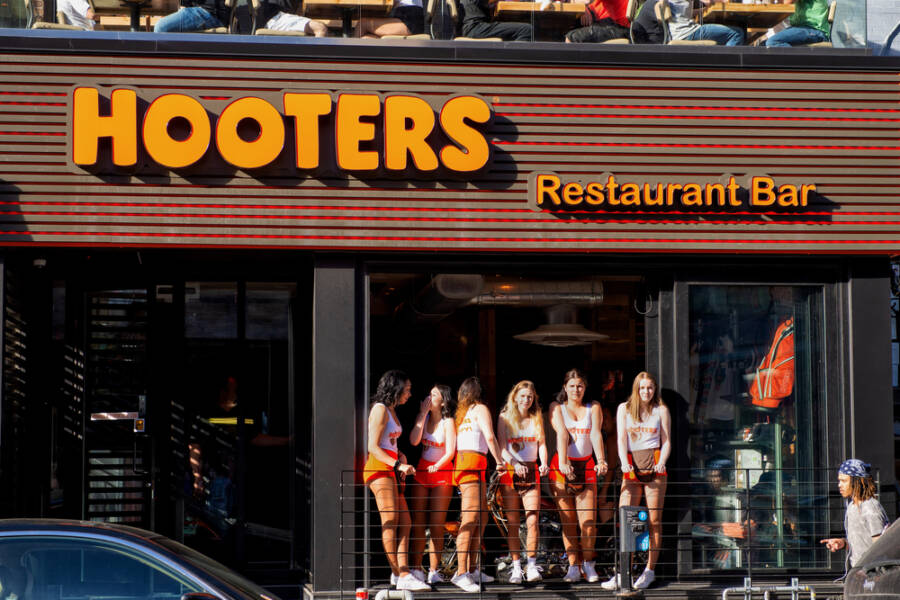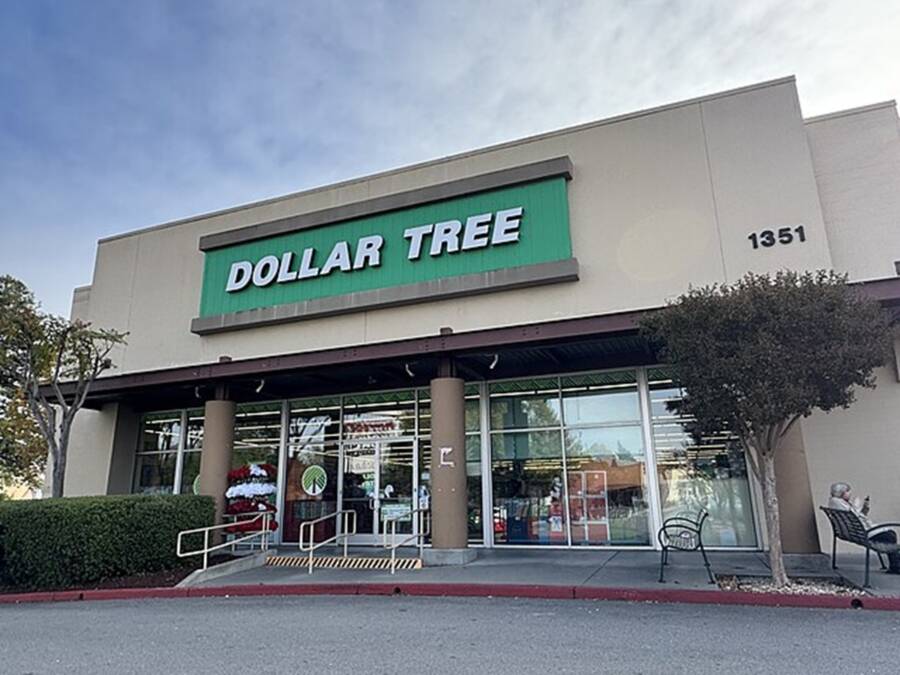Do You Live in A State that Imposes Taxes on Groceries?
I think we can easily talk about this day and night, and we still won’t be over it. The truth is, that food is expensive enough as it is, mainly because of rampant inflation.
But worse than that, for residents of many states in the U.S., rising prices are troublesome because most of them are stuck paying taxes on groceries.
These often controversial taxes are extremely debated, as critics believe that they’re especially unfair to low-income residents. Well, now some states are giving the matter some thought and trying to apply temporary reductions. However, here’s a list of states where you’d have to deal with heavy taxes on groceries:

Arkansas: 0.125%
In Arkansas, groceries are the subject of a very reduced 9.125% state sales tax, besides any other local taxes. For instance, candy and soft drinks are taxed at the full 6.5% sales tax rate.
Illinois: 1%
Groceries are taxed with a 1% state sales tax in Illinois, besides other local taxes. For a couple of months, the state tax on food in Illinois has been suspended. However, local taxes could still apply, and the state taxes on candies, soft drinks, and alcohol are still at the usual rate of 6.25%.
Missouri: 1.225%
In this state, you will pay a reduced state sales tax of 1.225% on groceries, besides other local taxes.
Virginia: 2.5%
In Virginia, groceries are also subject to a reduced 2.5% state sales tax. For instance, alcohol, prepared hot foods, seeds, and plants are taxed at the full 5.3% state sales tax rate, besides any other local taxes.
Utah: 3%
In Utah, there’s a 3% sales tax added on the price of groceries, which is an odd combination of a reduced 1.75% state sales tax and local taxes of 1.25%. Alcohol and other pre-cooked or prepared foods are also taxed to the fullest, so to speak, with a 4.85% state sales tax rate, with other local taxes added to that amount.
Alabama: 4%
Alabama is one of the seven states that tax groceries at their full potential, with a state sales tax rate of 4%. Groceries are also subject to local taxes here.
Hawaii: 4%
You know what they say: living in paradise isn’t cheap, especially when it comes to food. It gets better: technically, Hawaii doesn’t have a sales tax, but practically, it does.
There’s a 4% general excise tax that’s charged to businesses, which usually passes that cost on to customers, besides local taxes. However, Hawaii offers some kind of relief in the form of a food tax credit for low-income residents.
Tennessee: 4%
Technically, there is no income tax in Tennessee, but residents can’t help but notice that the state takes its pound of flesh when it comes to sales taxes.
Groceries are also subject to a reduced 4% state sales tax, besides other local taxes. Moreover, cooked or prepared food, candies, and alcohol are all taxed at a 7% state sales tax rate, with a local tax on top of that.
Oklahoma: 4.5%
Oklahomans have to pay the full 4.5% state sales tax on groceries and all the other applicable local taxes online. Moreover, there’s a sales tax relief credit for low-income residents.

South Dakota: 4.5%
In South Dakota, groceries are also subject to the full 4.5% state sales tax, plus all the other local taxes.
Idaho: 6%
Buy groceries in Idaho, and you will see how easily you get smacked with its full 6% state sales tax. A grocery tax credit averages roughly $100 per person, which in some way offers some kind of relief to the citizens of Idaho.
Kansas: 6.5%
Groceries in Kansas are also subject to the full 6.5% state sales tax, plus all the other local taxes waiting in line. Low-income residents are also eligible for some kind of relief, with an income-tax credit of $125 for every claimed exemption.
Mississippi: 7%
The famous Hospitality State isn’t all that hospitable for the folks who want to, well, eat. Groceries are subject to the full 7% state sales tax, and there aren’t tax credits to help offset that expense. The only good thing in this mess is that there aren’t any additional local taxes on groceries. Yay!
Takeaway
The Consumer Price Data stated that in December 2022, the food-at-home price index went all the way to 11.8%. For some items, such as cereals and baked goods, we’re talking about a whopping 16.1%, while others, such as meat, poultry, fish, and eggs, went up to 7.7%.
Dairy products came in at a steep 15.3%. No matter where you decide to get your groceries from, the facts are still the same: products are getting more expensive.
And since we’re talking about such a stark economic reality, plenty of consumers are hoping for relief in the form of reductions in grocery tax, which is a type of sales tax that’s explicitly levied for groceries. So if you live in one of these states that impose grocery taxes, you already know how these taxes can affect your grocery bills.
Is there a silver lining? Which states have grocery credits?
Considering all this, some states allotted tax credits, wishing to partially offset the cost of food for lower-class citizens. These states are Hawaii, Idaho, Kansas, and Oklahoma.
The tax credits could actually turn out to be more beneficial than we’d think, especially for low-income families. In fact, they might be more effective than grocery tax cuts, either, as Jared Walczak, vice president of the state project at the non-profit The Tax Foundation, has explained.
If you happen to live in any of these states and don’t want to take advantage of these tax credits, learn how to file your taxes this year. You can check your eligibility on the websites of these states: Hawaii, Idaho, Kansas, and Oklahoma.
Are grocery tax cuts helpful at all?
Well, it’s worth noting that experts think grocery taxes hurt mainly vulnerable citizens. As Andy Harig, an FMI vice president, explained in an interview with the Washington Times, “Grocery taxes are really bad public policy, as they disproportionately impact lower-income families.”
This is mainly due to the fact that lower-income families spend a very large percentage of their income on groceries, especially compared to middle- and even high-income families.
The Center on Budget and Policy Priorities explained that the lowest-income fifth of families spend double the share of their annual income on food compared to the highest-income fifth, meaning 10.3% versus 5.7%.
Worse than that, it seems that low-income households are disproportionately comprised of people of color, due to current and historic systemic racism.
In the end, it makes perfect sense that policymakers try to aid lower-income families by cutting grocery taxes. However, according to CNBC and the Tax Foundation, grocery tax cuts might prove to be unhelpful to lower-income families, despite the state’s representatives’ wishes. Why is that?
Well, many low-income families still rely on benefits like the Supplemental Nutrition Assistance Program, or SNAP, which also reduces their taxable consumption of food and automatically increases their savings on sales tax exemptions.
Then the question is: What is there to do? Well, as Walczak proposed, they should extend sales tax bases to also include grocery tax and consumer services.
These are more frequently accessed by high-income families. If you live in any of the 45 U.S. states that impose sales tax, this is definitely something to keep in mind next time you vote.
Naturally, there’s more to the story than meets the eye, so if you want to read more about U.S. taxes, we highly recommend you read “A Guide to Sales and Use Tax” by Mr. Frank Dufort
If you enjoyed reading this article, we also recommend reading The 5 Worst Shopping Habits Everyone Should Avoid














